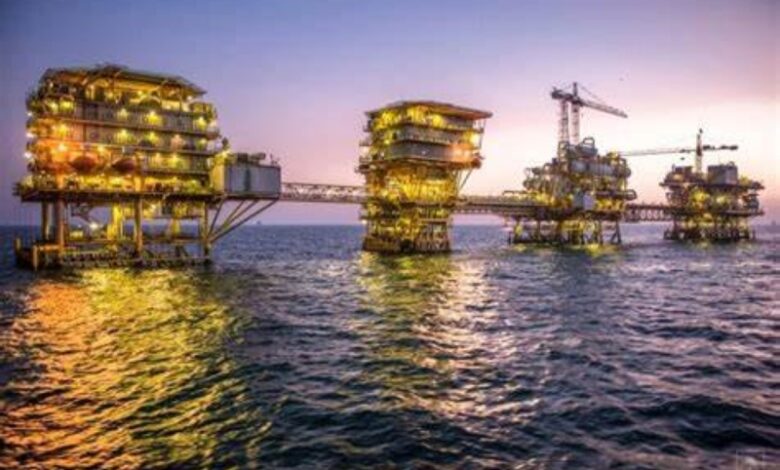
Standard & Poor’s has warned that the recent Israeli strikes on Iran may pose a risk to global oil prices due to potential supply disruptions. However, the agency emphasized that unless energy infrastructure is directly targeted — an outcome both Israel and Iran appear keen to avoid — any price surges are expected to be short-lived.
On June 13, Brent crude futures spiked more than 10 percent, surpassing $78 per barrel in their largest daily jump since 2022, driven by renewed fears of a regional escalation impacting supply. By the end of that trading day, oil prices had climbed 7 percent.
According to Goldman Sachs, if Iran’s oil export infrastructure suffers damage, the country’s oil supply could drop by up to 1.75 million barrels per day for six months before gradually recovering.
If the OPEC+ alliance offsets only half of this production shortfall through its spare capacity, Brent crude could surge past $90 per barrel before declining to $60 in 2026 as supply stabilizes. The bank noted that oil prices could rise sharply in extreme volatility scenarios, particularly if widespread damage affects production or shipments.
Oil analysts at S&P Global Commodity Insights believe the current rally may fade unless exports are disrupted. They noted that in past clashes between Iran and Israel, prices initially jumped but later declined once it became clear that the conflict hadn’t escalated to impact supply.
Despite the rising geopolitical risks, Goldman Sachs still does not anticipate a direct disruption to Middle East oil supply. It projects that increasing output from non-US shale producers will push Brent crude down to $59 and WTI to $55 by the fourth quarter of 2025, with further declines to $56 and $52 respectively by 2026.
So far, neither Israel nor Iran has targeted major energy assets, which analysts interpret as a sign of strategic restraint. Israel temporarily shut down the Leviathan gas field as a precaution, while Iran confirmed that its refineries and storage facilities were not harmed in the initial attacks.
According to Colby Connelly, a senior fellow at the Middle East Institute, any future attacks on energy assets could have broader market implications. He noted that Israel might strike an Iranian export terminal, while Iran could retaliate by targeting an Israeli offshore gas field, both of which are integrated into global energy networks.
Commodity Insights data shows that Iran produced around 4 million barrels per day of crude oil and condensates in May, mostly from western oil fields. However, exports are expected to drop below 1.5 million barrels per day this month.
The firm also warned that escalating tensions could increase freight and insurance costs for tankers, compress the Brent-Dubai price spread, and squeeze refining margins, particularly in Asia.
Chinese refiners, currently the primary buyers of Iranian crude, may have to source alternative supplies from other Middle Eastern producers or Russia if Iranian exports are further disrupted.












